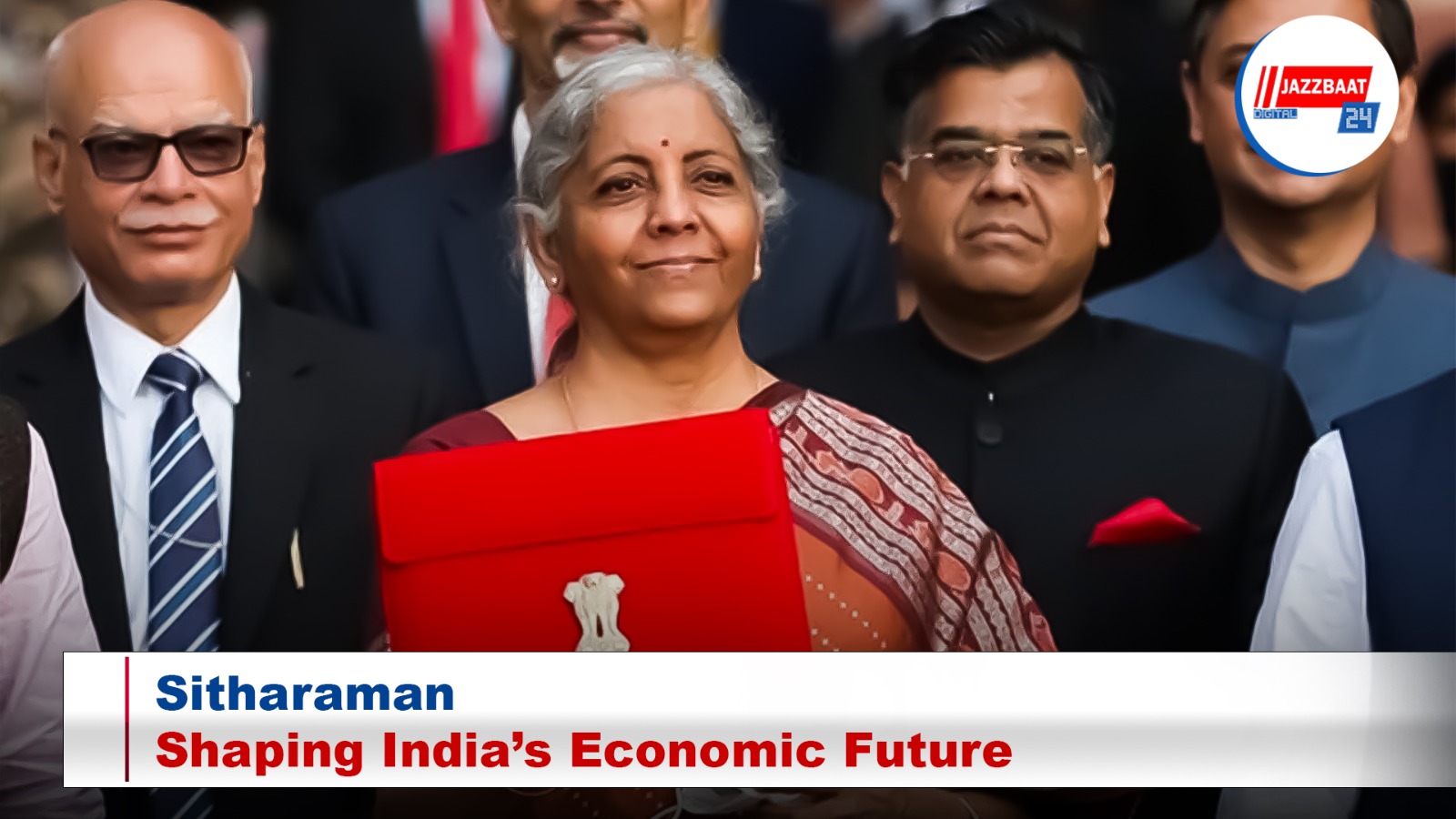
Nirmala Sitharaman has emerged as a transformative figure in India’s economic landscape, shaping policies that not only address immediate fiscal concerns but also pave the way for long-term growth. Her latest budget underscores a vision that balances financial prudence with strategic investments, ensuring that economic development reaches every segment of society.
One of the most significant aspects of this budget is the ₹1.5 lakh crore credit guarantee provision for MSMEs over the next five years. By directing SIDBI to establish branches in industrial MSME clusters, the government is ensuring that small businesses receive credit at reasonable rates, free from the excessive markups imposed by multiple intermediaries. Sitharaman’s approach acknowledges a fundamental issue: traditional lenders often fail to understand the financial cycles of MSMEs, leading to liquidity constraints. By enabling direct lending, she is fostering an environment where small enterprises can thrive, ultimately driving employment and economic expansion.
A defining feature of her fiscal strategy is the decision to forego ₹1 trillion in revenue through tax slab restructuring. This move prioritizes economic stimulation over short-term revenue collection, putting more disposable income in the hands of taxpayers. The underlying logic is clear—when individuals have more financial flexibility, they are more likely to spend and invest, creating a ripple effect that fuels demand, production, and job creation. The focus on empowering the middle class, a key driver of economic growth, reflects a deep understanding of India’s evolving financial ecosystem.
Beyond domestic economic measures, Sitharaman has also positioned India as an attractive destination for global investment. The ongoing review of bilateral investment treaties aims to strengthen regulatory frameworks, offering greater security to international investors. This strategic shift ensures that India remains competitive in the global financial arena, fostering an environment conducive to long-term capital inflows.
Her budget extends critical support to manufacturing sectors such as leather, footwear, and toys, industries with significant employment potential. Production-Linked Incentive (PLI) schemes, which have already yielded positive results in the electronics sector, are being expanded to ensure India’s competitiveness in global markets. By restructuring import and export duties, the government is not only supporting small businesses but also enhancing India’s position as a key player in international trade.
Another innovative initiative is the transformation of India Post into a logistics powerhouse. With its extensive network, India Post can play a pivotal role in e-commerce and digital financial services, bridging the gap between urban centers and rural communities. This modernization effort aligns with the government’s broader vision of digital inclusion, ensuring that technological advancements benefit even the most remote regions.
The budget’s focus on affordable housing, particularly through the SWAMIH fund, highlights a commitment to addressing the concerns of the middle class. With numerous housing projects stalled, many homebuyers have been burdened with EMI payments without receiving possession of their properties. The systematic and carefully monitored release of funds under this scheme ensures that these projects are completed, providing much-needed relief to thousands of families.
Sitharaman’s emphasis on empowering women through financial inclusion is another key aspect of her economic blueprint. The expansion of the Stand Up India program, coupled with collateral-free term loans of up to ₹2 crore in rural bank branches, is a step toward greater economic participation for women entrepreneurs. Additionally, the government’s initiative to digitize ancient manuscripts and create an accessible knowledge repository underscores a commitment to preserving India’s intellectual heritage while making it available for researchers and the general public.
With the vision of Viksit Bharat now clearly defined, future economic strategies will be aligned to achieve this goal. The budget sets clear indicators for progress, encouraging states to strengthen their economies in tandem with central policies. By monetizing existing assets to fund new infrastructure projects, the government is ensuring sustainable economic expansion while maintaining fiscal discipline.
Nirmala Sitharaman’s economic stewardship is characterized by a blend of bold reforms, strategic investments, and a deep understanding of India’s socio-economic realities. Her policies reflect a commitment to financial inclusion, industrial growth, and global competitiveness. As India aims for an 8-10% growth trajectory, her leadership continues to shape a future where economic prosperity is broad-based and sustainable.